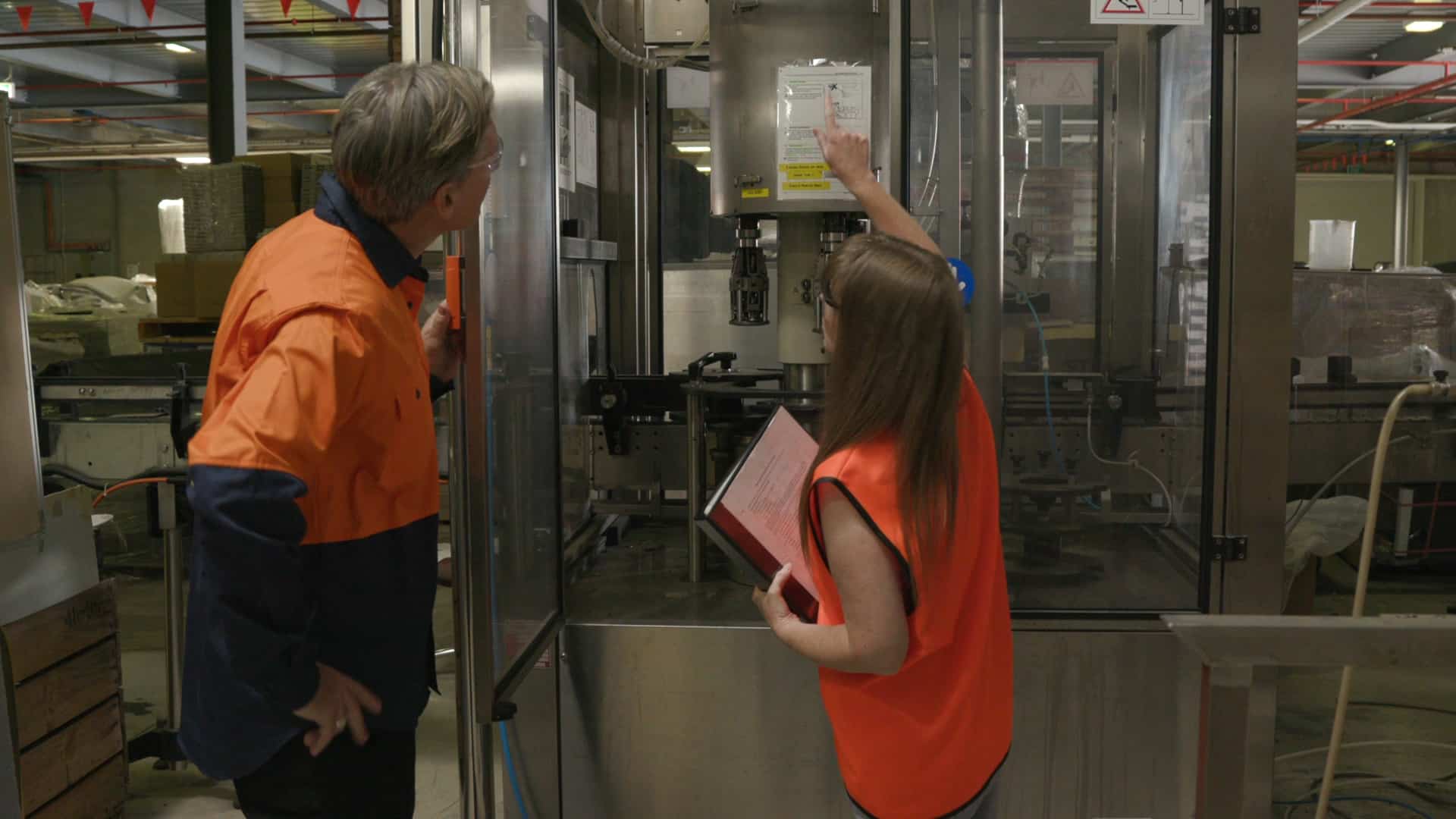Hazards and Risks
It would not be unfair to say that the identification, evaluation and control of hazards is the cornerstone of current workplace health and safety education and training philosophy. The principle is simple: we either eliminate the hazards or control them so they pose no serious risks to our health and safety, then we have a safe workplace.
Any successful safety strategy has this principle as its foundation. However, the degree to which it is successful is dependent on the following three factors:
- The ability of the organisation to identify all of the hazards that are present
- The ability of the organisation to implement satisfactory control measures whenever necessary, and
- The level of commitment from all personnel within the organisation to accept the rules, regulations and safe work practices and procedures that have been established.
Examples of risks in the workplace:
In the workplace there are numerous examples of hazards, but in order to simplify things the video course looks at how they can be categorised into four main groups:
- Physical Hazards
- Chemical Hazards
- Biological Hazards and
- Ergonomic Hazards.
What’s covered in the online safety video:
- Community attitudes
- Hazards in the workplace
- Workplace safety philosophy
- Hazard or risk?
- Hazard categories
Video Running Time:
13 minutes

